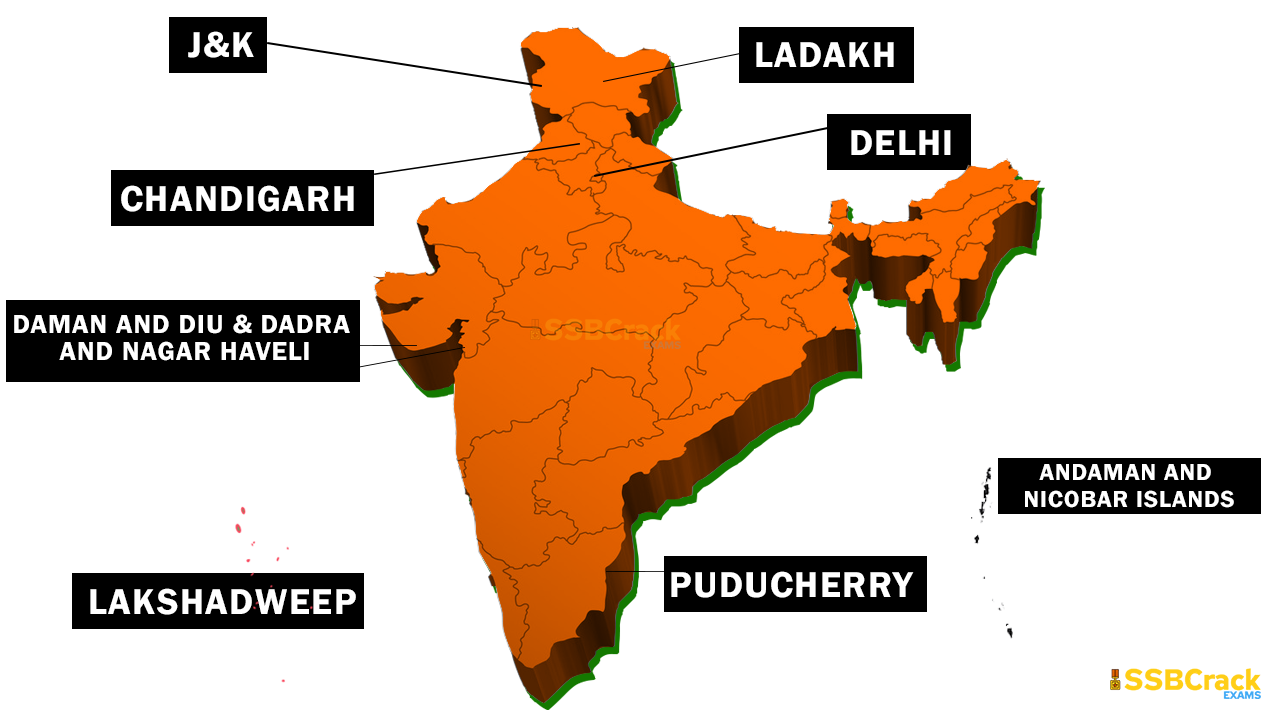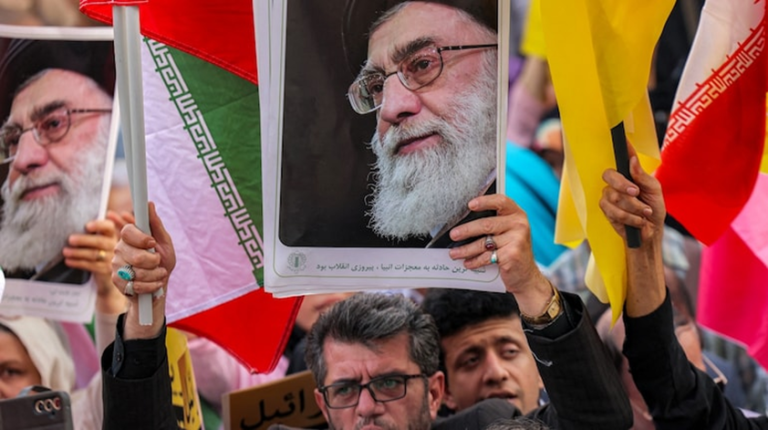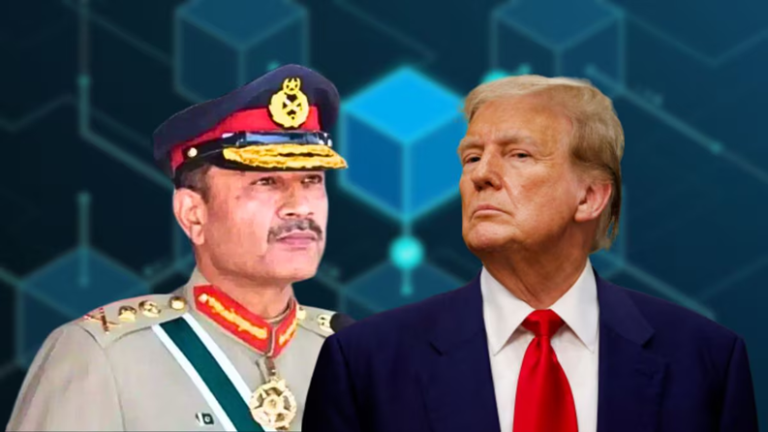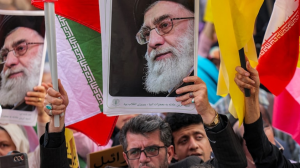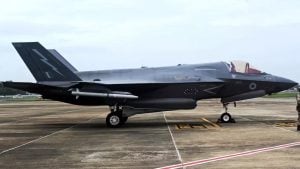India at present has 28 states in total and 8 Union Territories. The main focus in the article will be on the union territories of India namely Andaman & Nicobar Islands, Dadra & Nagar Haveli & Daman & Diu, Jammu & Kashmir, Lakshadweep, Chandigarh, Govt. of NCT of Delhi, Ladakh, and Puducherry. We will have a brief look over each of these UTs one by one.
- Andaman & Nicobar Islands
The original inhabitants of the islands lived in the forests on hunting and fishing. There are four Negrito tribes, viz., the Great Andamanese, Onge, Jarawa and Sentinalese in the Andaman group of islands and two Mongoloid tribes, viz., Nicobarese and Shompens in the Nicobar group of islands. The climate of the islands can be defined as humid, tropical coastal climate. The island groups have been an integral part of India ever since independence.
- Dadra & Nagar Haveli & Daman & Diu
The Portuguese ruled this territory until its liberation by the people on 2 August, 1954. From 1954 till 1961, the territory functioned almost independently by what was known as “Free Dadra and Nagar Haveli Administration“. The territory was merged with the Indian Union on 11 August, 1961. Furthermore the Union Territory of Dadra & Nagar Haveli was merged with Daman & Diu later in the year 2019.
- Lakshadweep
It was earlier believed that the islanders were originally Hindus, and later converted to Islam under the influence of Arab traders, sometime in the 14th century. Archaeological evidences unearthed indicate that there were Buddhist settlements around the 6th or 7th century. In 1956, the islands were constituted into a single territory, and since then, have been directly administered by the Union Government through an Administrator.
- Puducherry
The territory of (Puducherry) comprises the former French establishment Puducherry, Karaikal, Mahe and Yanam, which lie scattered in South India. It was under the French rule for 138 years and merged with the Indian Union on 1st November 1954.
- Government of NCT of Delhi
Delhi is surrounded by Haryana on all sides except the east, where it borders with Uttar Pradesh. The 69th Constitutional amendment is a milestone in Delhi’s history, as it got a Legislative Assembly with the enactment of the National Capital Territory Act, 1991.
- Chandigarh
The city nestles in a picturesque setting in the foothills of Shivalik hills and enjoys the popular epithet the “City Beautiful“. The city is a creation of the French Architect, Le Corbusier. Chandigarh and the area surrounding it were constituted as a Union Territory on 1 November 1966. It serves as the joint capital of both Punjab and Haryana States. It is bound on North and West by Punjab and on the East and South by Haryana.
- Jammu & Kashmir
Jammu and Kashmir, also known as Kashmir and Jammu, was a princely state during the British East India Company rule as well as the British Raj in India from 1846 to 1947. On 26 October 1947, Hari Singh acceded to India in return for the Indian military being airlifted to Kashmir, to engage the Pakistan-supported forces. It became one of the UT in August, 2019 after the abrogation of article 370.
- Ladakh
The ancient inhabitants of Ladakh were Dards, an Indo- Aryan race. Immigrants of Tibet, Skardo and nearby parts like Purang, Guge settled in Ladakh. Buddhism traveled from central India to Tibet via Ladakh leaving its imprint in Ladakh. Islamic missionaries also made a peaceful penetration of Islam in the early 16th century. German Moravian Missionaries having cognizance of East India Company also made inroads towards conversion but with little success. It became one of the UT in August, 2019 after the abrogation of article 370.


